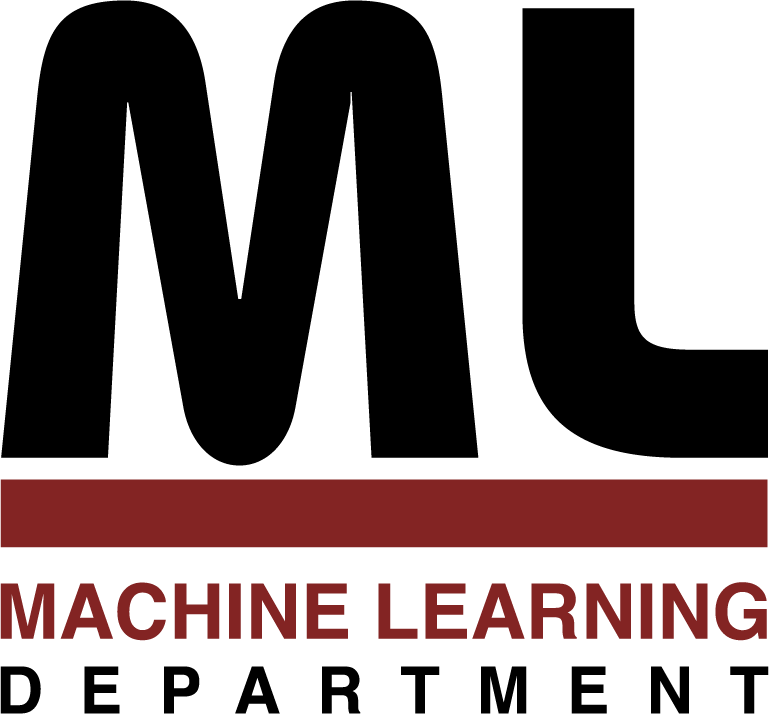
Machine Learning Department
School of Computer Science, Carnegie Mellon University
Learning Statistical Features of Scene Images
Wooyoung Lee
September 2014
Ph.D. Thesis
For developing statistical features for global-scale structures (low spatial frequency information that encompasses entire scenes), I propose to train hierarchical probabilistic models on whole scene images. I first investigate statistical clusters of scene images by training a mixture model under the assumption that each image can be decoded by sparse and independent coefficients. Each cluster discovered by the unsupervised classifier is consistent with the high-level semantic categories (such as indoor, outdoor-natural and outdoor-manmade) as well as perceptual layout properties (mean depth, openness and perspective). To address the limitation of mixture models in their assumptions of a discrete number of underlying clusters, I further investigate a continuous representation for the distributions of whole scenes. The model parameters optimized for natural visual scenes reveal a compact representation that encodes their global-scale structures. I develop a probabilistic similarity measure based on the model and demonstrate its consistency with the perceptual similarities.
Lastly, to learn the representations that better encode the manifold structures in general high-dimensional image space, I develop the image normalization process to find a set of canonical images that anchors the probabilistic distributions around the real data manifolds. The canonical images are employed as the centers of the conditional multivariate Gaussian distributions. This approach allows to learn more detailed structures of the local manifolds resulting in improved representation of the high level properties of scene images.
90 pages
Michael S. Lewicki (Chair)
Geoffrey J. Gordon
Yaser A. Sheikh
Bruno Olshausen (UC Berkeley)
School of Computer Science